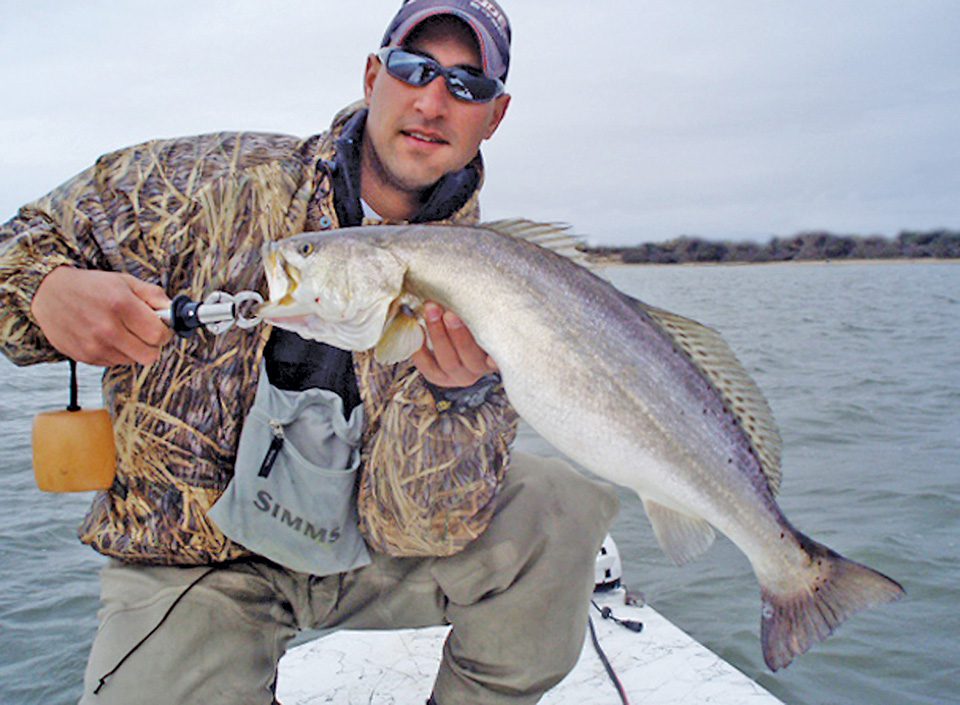
By Tobin Strickland
We all have an idea of what a good fishing spot should look like. Perhaps it’s surrounded by pristine sand dunes and native grasses and has that perfect seagrass bottom? Or maybe it’s a hidden marsh lagoon surrounded by mangroves? We spend so much time running to the prettiest spot and wonder why we don’t catch fish. Maybe it’s time to take a look at the ugly fishing spots?
I’ve found great fishing wherever great fishing occurs, and many times those locales haven’t been pretty. Earlier today, I ran the boat to several isolated bays only to find a school of nice speckled trout right behind the boat ramp. I knew the structure was right, and when I saw good sign of fish presence, I didn’t hesitate to fish close to the ramp. It was less than 50 yards to the entrance to the harbor. In fact, three other fishing boats left the harbor while I steadily caught fish.
We always feel the need to make the run to that “perfect” spot. I did that this past Friday and made a 22-mile run. Granted, I knew fish were there—and I caught fish—but I also caught solid fish today less than half a football field from my parked truck.
Here’s the deal: Fish don’t know they aren’t supposed to be somewhere. As long as the location matches what they are looking for, the fish will be there regardless of what the above-surface features look like.
So what makes a good fishing spot for speckled trout, redfish or flounder? First of all, it must be in the right part of the bay system for season. No spot will produce if it’s not where the bait and fish want to be seasonally. Next, it has to have the right structure for the fish you are targeting. If you’re seeking trout, that spot better be trout habitat. It should be the right depth for trout and give them plenty of opportunities to ambush prey from below, whether it’s a main-bay drop-off, the edge of an oyster reef or the edge of a pocket in the grass. The habitat must be a match for the species you are going after… period. And similarly to the seasonal requirement, the location has to have forage.
If a fishing spot contains all the above parameters, yet it’s a little less than pristine, that can be a great spot. Take, for example, a big-trout spot I found last fall. I found this location using aerial photography, and it seemed promising. There was deep water nearby, a great oyster reef and a mud bottom. It was in the upper section of the estuary, so I knew it would fit the bill for late fall and early winter. I did wonder how the boat traffic would be… because it was in the back of the harbor. I caught fish closer to my truck than the actual run distance to the spot was.
Today’s location was similar. Did it matter to me that it wasn’t 22 miles away? Not after that first hookset; No.
Tobin created TroutSupport.com – Tech Support for speckled trout and redfish anglers who want to up their game to the next level.